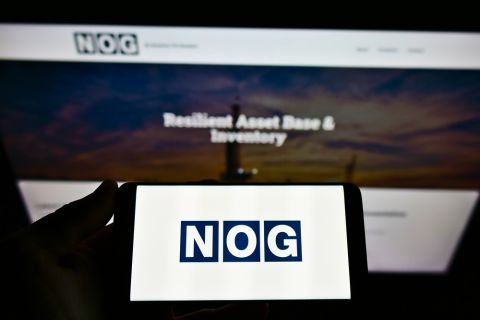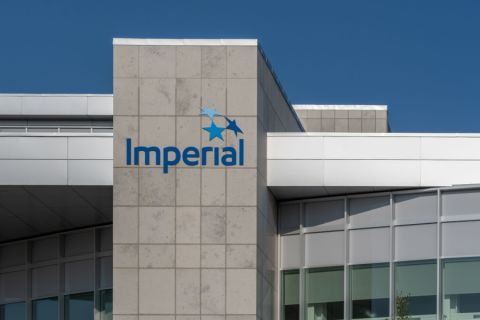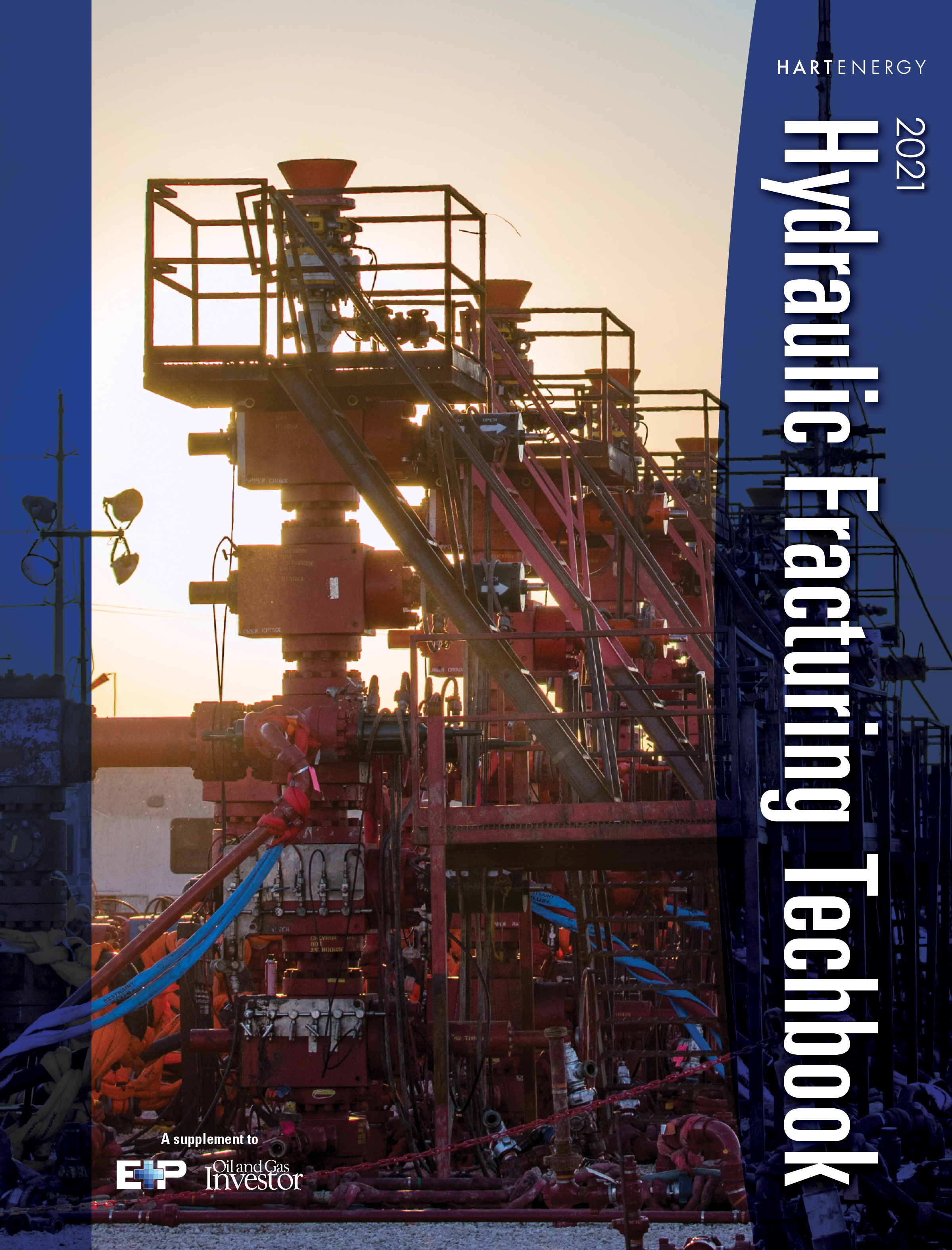
Editor's note: This article first appeared in the 2021 Hydraulic Fracturing Techbook. View the full PDF of this techbook here.
From investor calls to annual reports, ESG is the talk of the town for both operators and service companies facing immense pressure to lower the carbon footprint of their operations, and clearly, fracking is no exception. Upstream companies are increasingly focusing on adopting an ESG-conscious approach to fracking operations amid constant scrutiny of the impact of hydraulic fracturing on the environment and climate change.
“The genie is out of the bottle for climate change,” Jonathan Rogers, CEO of Locus Bio-Energy Solutions, told Hart Energy, adding that there is immense pressure on oil producers from both the Biden administration and investors to adhere to ESG standards in oil production. “Oil and gas isn’t going away, but we’ve got to adopt a step change in the way we produce it and especially focus on how we maximize our ESG efficiency,” he said.
More oil, less carbon
The focus on sustainable production has intensified the need to invest in cleaner technologies as companies continue designing and implementing new solutions to minimize the carbon footprint of the fracturing business.
Locus Bio-Energy has developed SUSTAIN technology, which maximizes ESG compliance in hydraulic fracturing by reducing the need for new drilling, Rogers explained. SUSTAIN minimizes the use of chemical additives, using less water, reducing the carbon footprint of operations and providing treatments with low toxicity that are safe and environmentally friendly.
Additionally, it has enabled several operators in the Bakken and Permian to maximize IP and extend the total life cycle of the well to improve profitability. The process involves pumping the biosurfactant with water into wells targeting cracks in the rock formed when the oil is extracted by fracking, therefore reducing the attraction between rock and oil to recover more crude.
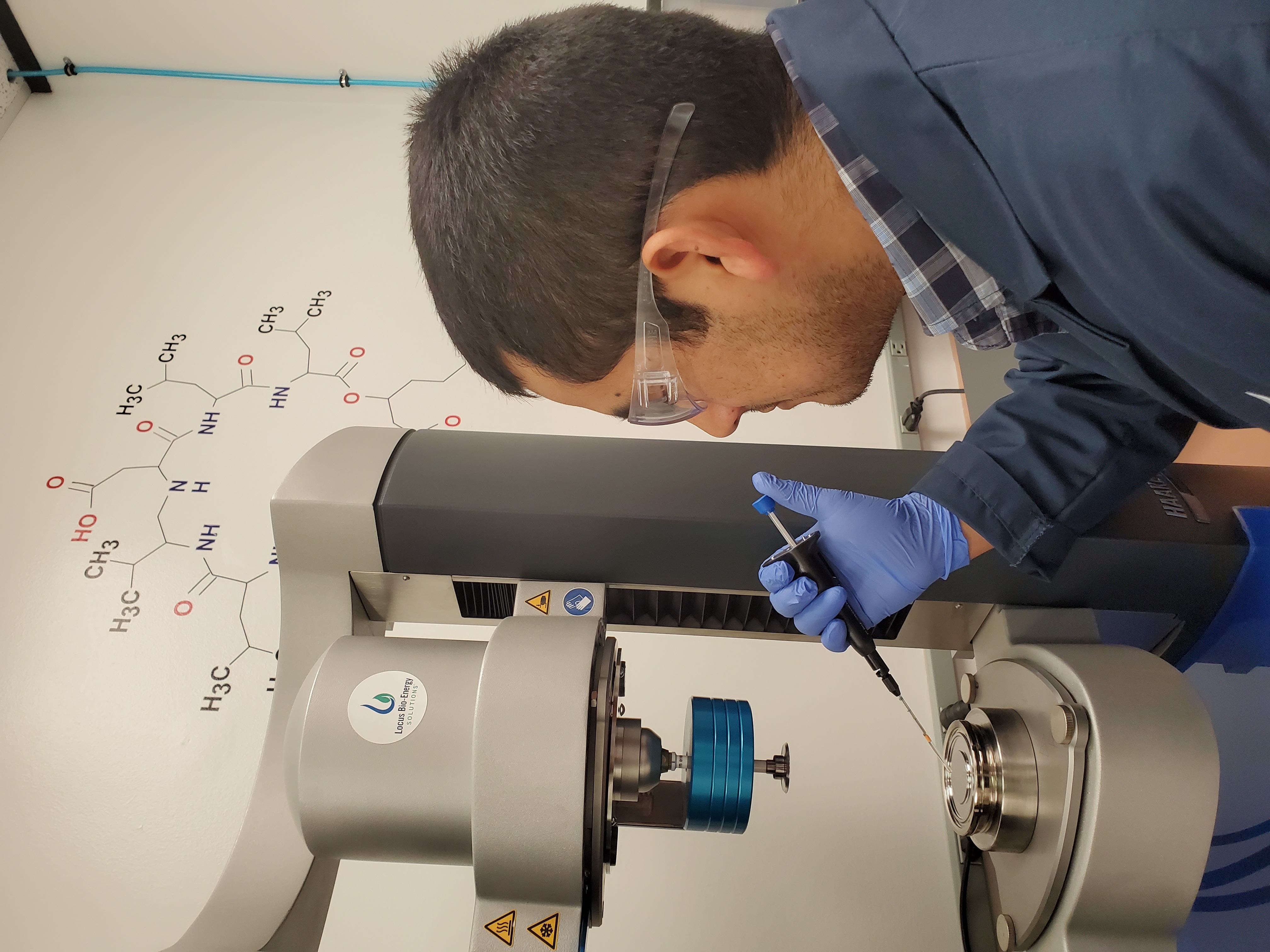
Not just that, biosurfactants are 100% naturally produced and have many advantages over traditional, hydrocarbon-based surfactants, including extremely low toxicity, high activity at elevated temperatures and low critical micelle concentrations that require as little as 1/50th the dosage rate.
“The technology isn’t just a great lab idea … we’re getting real results from operators who want more from existing wells so they don’t have to frac as much,” Rogers said. “We’ve got some great case studies in the Bakken and Permian, where we’ve been able to inject biosurfactants to mobilize a significant amount of oil from wells toward the plateau of their lifetime with lower capex and lower carbon footprint.”
To reduce the carbon footprint and meet ESG goals, Rogers stressed the need to eliminate the number of fracs, in addition to focusing on increasing frac efficiency.
“If you take a Bone Spring well in the Permian, it starts at a great rate, say 1,000 barrels per day, but just after a year, it’s down to 100 barrels per day,” he said. “By the time you are three to four years in, you are down to 20 to 25 barrels per day. Our goal should be to change that production lifetime, obviously the number of fracs, but also improving the efficiency of each frac. If you come to ESG, the statistics are clear on why we should focus on reducing the number of fracs.”
Rogers said a typical 55-stage frac requires at least 20 diesel frac trucks and about 110,000 gallons of diesel. In addition, he said water and cement need to be shipped to the frac—all of which added together is equivalent to 1,100 tons of CO2 produced.
Rogers also discussed a recent case study in the Permian Basin to evaluate the performance of Locus Bio-Energy Solutions’ ESG-friendly SUSTAIN biosurfactant treatments compared to other industry frac surfactants.
Two unconventional horizontal wells with more than 50 stages in the Wolfcamp C Formation were treated with SUSTAIN. Cumulative oil produced was evaluated after 30 days and compared to historical fracs on identical adjacent wells. Within one month after the SUSTAIN treatment, both wells showed improved production and three times ROI at less than one-third of the dosage rate.
Well 1 produced about 6,300 more barrels of oil in the first 23 days after the start of production compared to the historical frac using microemulsion nano fluids. Well 2 produced more than 6,500 more barrels of oil than the nanofluids and 12,000 more barrels compared to another frac surfactant in the first 23 days.
The study confirmed that the SUSTAIN treatments enable operators to produce more oil than traditional fracking methods in the same amount of time and at a fraction of the dosage rate and cost.
Putting the best fleet forward
Chris Wright, CEO of Liberty Oilfield Services, said the company has been an early mover on ESG with the largest low-emission fleet on the market. He added that in its second year of operation, Liberty built one of the industry’s first dual-fuel frac fleets, allowing substitution of clean-burning natural gas for diesel on location.
“Being in Colorado, the culture of our company has always made us focus on how we can improve the economics of oil and gas production and at the same time lower the impacts on the communities we operate in,” Wright said.
Additionally, Liberty became a well-known name in the industry when it debuted its Quiet Fleet in 2016. These low-noise frac fleets gained popularity with operators that have fracking operations on surface locations adjacent to residential neighborhoods or other highly populated areas.
“We wanted to figure out a way to make frac fleets much quieter,” Wright said. “A frac fleet is roughly the same horsepower as a 747 jet engine, which is loud. So we put in a two-year effort to figure out a sound suppression technology and ultimately developed the Quiet Fleet so that from 500 ft away—which was the minimum distance you could permit drilling a well location to an occupied residence—a frac fleet would sound just like background noise.”
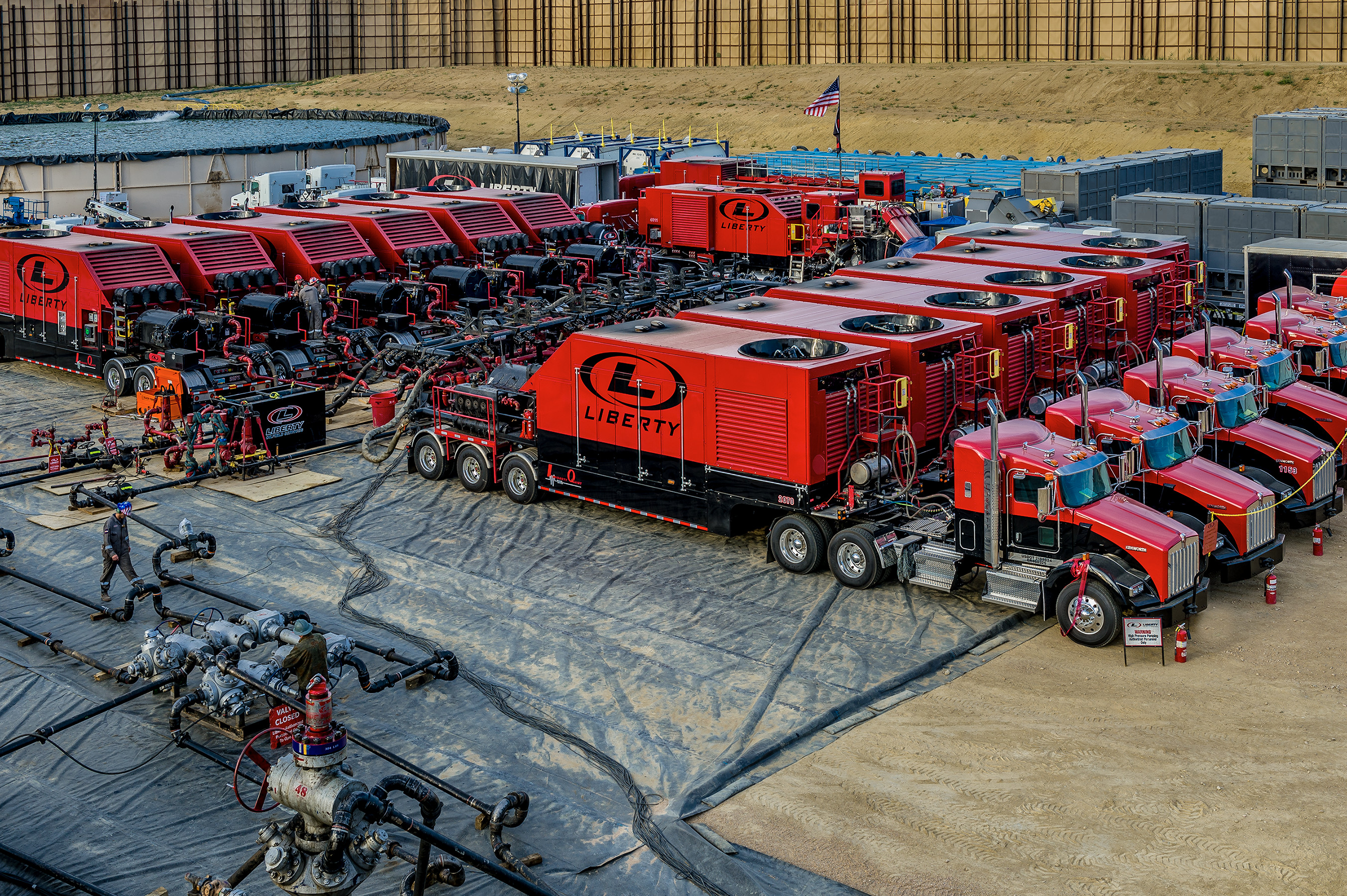
Wright also talked about another low-emission frac fleet that is in the works.
“The industry has been hearing a bit about Liberty’s new frac fleet called digiFrac, which we’ve been working on for three years already,” he said. “The digiFrac fleet will be the lowest-emission frac fleet industrywide with 20% lower greenhouse emissions, which is lower than the best-in-market.”
To further reduce emissions, the fleet will not be driven by Tier IV dual fuel (dynamic gas blending), Wright noted.
“Instead the digiFrac fleet will be driven by natural gas reciprocating engines because [they] are turbocharged when the air is hotter so you would have a different combustion mix, resulting in higher thermal efficiency with lesser methane needed to be burned and dramatically lower methane slip,” he said.
Wright noted that Liberty has also developed a power system for digiFrac that has a significant amount of battery storage to ensure smoother operations of the gas reciprocating engines that can draw battery power when demand for power spikes up during fracturing.
In addition, Wright applauded the industry’s progress in addressing methane emissions.
“I think the industry has made tremendous progress in the area of ESG over the last 40 years,” he said, adding that Liberty has had a strong focus on emissions, making sure no fluids leak out and touch groundwater, reducing NOx and SO2 emissions. “The pollutants from fracking have become lower, and gas emissions are starting to get meaningfully lower as well.”
Wright added, “Operating with a lower environmental impact, making sure locations are as clean when we leave as they were when we had arrived—all this is in the DNA of the oil and gas industry already. What’s new today is the investor focus on ESG stuff … today, there is a microscope looking closely at what we do. Liberty welcomes that, and I think most of our industry welcomes that.”
Tackling the 2 Es: e-frac and ESG
“I think ESG is here and it’s here to stay,” said Ryan Supak, sales director with NOV. “For us, there are two major impacts. The first one is the investor focus on ESG, which has sent investors looking to place their dollars in other industries, including renewables, making it harder to acquire funding. Contradictorily, this leads to slower adoption of greener technologies due to lack of access to capital, which is the reverse of what the ESG community is looking for.”
He continued, “The second impact is the development of these same greener technologies. For us, we have to consider how we participate in everything from dual-fuel and direct turbine drive frac units to all-electric fleets.”
Supak also noted that one of the challenges that operators face in complying with ESG is maintaining well development costs while balancing new technologies.
“There is a large amount of idle frac equipment available with historically low service rates,” he said. “At the same time, operators prefer the use of new technologies, which service companies have to charge a premium rate to acquire the equipment. How much you decide to invest in the environmental and social facets while maintaining the return on capital will define the next generation of well completions.”
Supak noted that NOV’s Ideal e-frac fleet has been designed with ESG compliance in mind. The system can run off a variety of power options that include natural gas gensets, battery systems and even grid power, all of which offer improved emissions profiles as compared to conventional frac.
In addition, the Ideal e-frac fleet’s increased power density with 5,000-hp electric-driven pumps reduces the number of pump units needed on location. According to NOV, a smaller fleet size means less equipment to transport, resulting in up to 42% less roadway traffic, further reducing carbon emissions. The system is also neighborhood-friendly, featuring significantly reduced sound pressure at the well site.
NOV’s Ideal e-frac pump has been successfully operating in the field for more than 600 hours, providing improved reliability and consistent performance. During this time, the pump has worked alongside 15 to 20 conventional 2,500-hp hydraulic fracturing pumps, handling jobs that include simulfrac, slipstream and traditional operation.
On a job in the Eagle Ford, the Ideal e-frac pump was on the dirty side of a slipstream operation, and the pump averaged 3.8 times more flow than its conventional counterparts while pumping 4.7 times the sand and completing 98% of all stages at an average of 3,663 hp.
On a Permian Basin simul-frac job, the Ideal pump was tasked to carry 18% of all flow to the well. The pump was able to pump 44% more volume through a valve per valve change compared to the conventional pumps. With this heavy workload, which was the pump’s first field trial, it represents the advantage that high horsepower contributes to field production and service life.
The NOV Ideal pump was sent to the field fully equipped with NOV’s GoConnect system, which allows operators to track key Ideal pump metrics from anywhere in the world. This level of monitoring allows NOV to analyze data and predict service intervals. As the pump was working in the Permian Basin, NOV engineers were able to advise onsite service personnel of the pump’s key performance indicators while providing assurance the pump was performing as intended. GoConnect provides the opportunity to remotely track and troubleshoot the Ideal pump while in service, providing quick explanations for abnormal performance and a clear path forward to the return to operation.
As the cost of services rise, time saved rigging in and rigging out equipment becomes more important. The NOV Ideal pump was specifically designed to be rigged in and out quickly, utilizing local connections and cabling. While in the Permian Basin, the pump was 100% electrically rigged into the well site before the conventional dual-fuel units were complete.
‘Ticks many ESG boxes’
Tracy Turner, CEO of CP Energy Services, agreed that companies are increasingly adopting sustainability and ESG practices, which are now becoming a standard part of annual reports.
CP Energy Services offers a cost-effective technology that ensures ESG compliance, Turner explained. The Sand Commander is a four-phase separator that captures and removes 99% of harmful gases and provides ecofriendly completions, improves well completion economics and enhanced safety.
So what happens to the gas that is not flared?
“We use the gas captured to drive a field gas generator that then charges a battery pack, or it can go from generator to anything electrically driven on the location,” Turner said. “The other thing we have successfully been doing is that in natural gas basins … we take the gas during drillout and send it directly to the sales line. Not only are operators making money on drill-outs, but they are also earning carbon credits, which ticks many ESG boxes.”
The Sand Commander also offers a water filtration system that provides an ESG solution for the sand, gas, oil and water components of a well completion, Turner explained. “Given that our system continuously circulates water, it self-cleans the water, and we have a solution that can treat the water such that it can be reused immediately right on location,” he said.
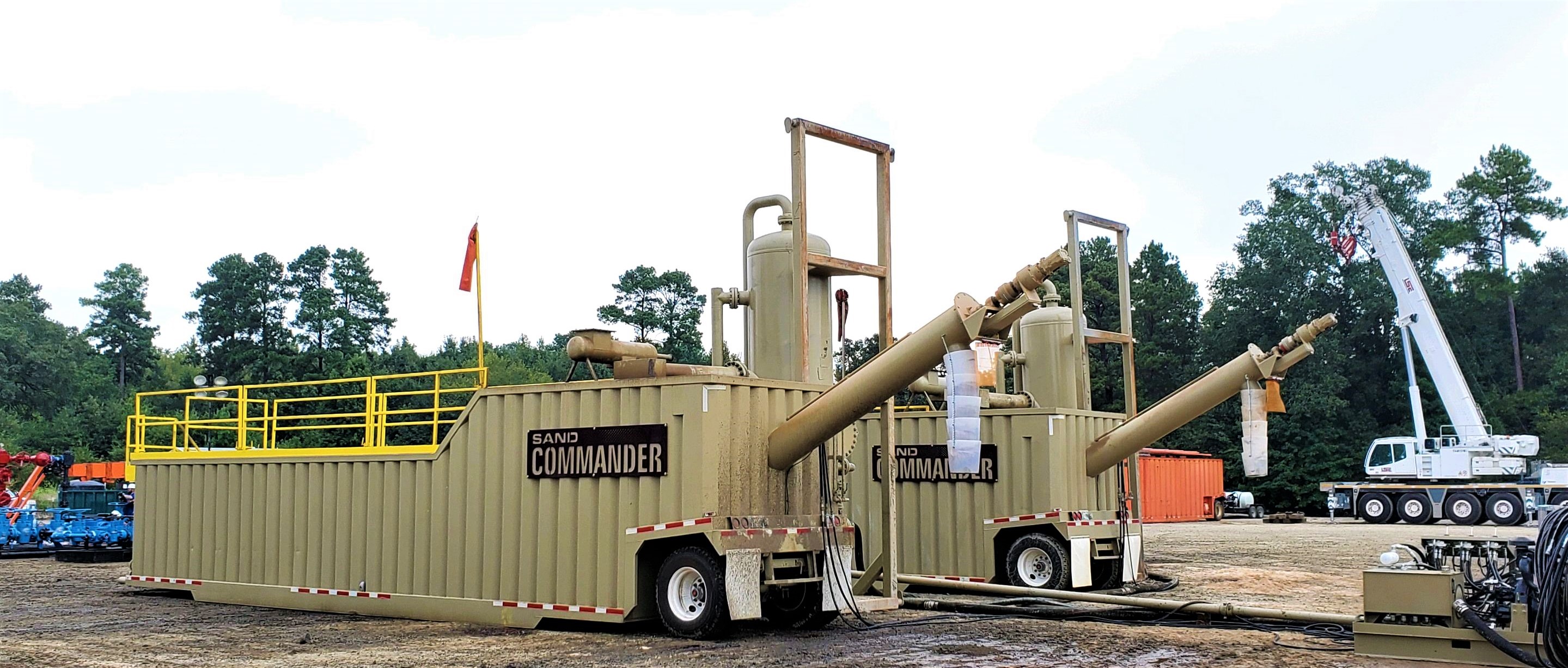
Turner said the water treatment feature offers a major ESG benefit to oil producers because it helps conserve water by reusing it for other fracs and drill-out operations, reduces equipment footprint and trucking costs, streamlines operations and improves safety
RELATED CONTENT:
Aug. 8, 2021 Hydraulic Fracturing: Catching up on FDIs
Aug. 5, 2021 Academia and Industry Embrace Nuance in Fracturing
Aug. 2, 2021 Pressure Pumping Roundtable: Powering Through
Aug. 2, 2021 Shale Producers Talk Development Plans, ESG and Completion Designs
July 29, 2021 Cold Bore Technology Closes $14 Million Financing
July 28, 2021 Halliburton Launches Low Cost, Direct Fracture Monitoring Service
July 12, 2021 Seneca Resources, NexTier to Develop Comprehensive Emissions Testing for Well Completions Work
July 7, 2021 Liberty Completes digiFrac Electric Frac Pump Field Test in Permian Basin
July 6, 2021 Reveal Energy Inks Deal to Commercialize Hydraulic Fracture Pressure Diagnostics
June 21, 2021 Specialized Chemistry Increases Sustainability of Traditional Hydraulic Fracturing
Recommended Reading
Supply Disruptions Ahead as Canadian Rail Workers Vote for Strike
2024-05-01 - The union, representing more than 9,000 employees at Canadian National Railway and Canadian Pacific Kansas City, announced that 95% of its members approved of a strike, which could happen as early as May 22.
Vision RNG Expands Leadership Team
2024-05-01 - Vision RNG named Adam Beck as vice president of project execution, Doug Prechter as vice president of finance and Beckie Dille as HR manager.
OGInterview: Building EIV Capital’s Midstream Investment Strategy
2024-05-01 - Midstream-focused EIV Capital has added non-operated assets and transition projects to its portfolio as a sign of the times.
NOG Lenders Expand Revolving Credit Facility to $1.5B
2024-04-30 - Northern Oil and Gas’ semi-annual borrowing-base redetermination left its reserved-based lending unchanged at $1.8 billion.
Imperial Oil Names Exxon’s Gomez-Smith as Upstream Senior VP
2024-04-30 - Cheryl Gomez-Smith, currently director of safety and risk at Exxon Mobil’s global operations and sustainability business, will join Imperial Oil in May.




